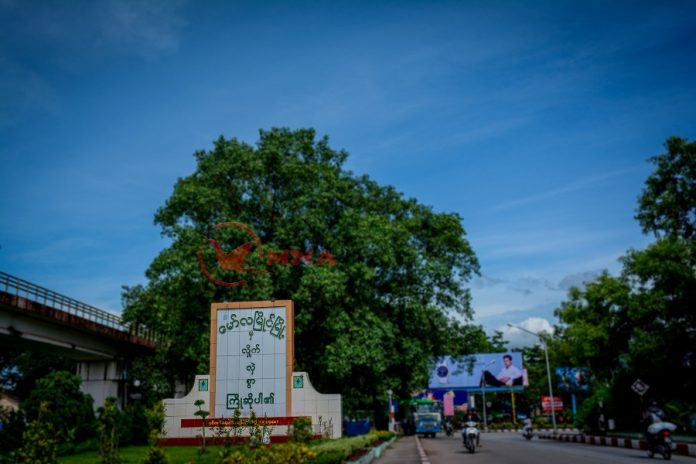Mon State Government has issued migrant household documents to over 1500 migrant workers living in 10 respective townships across Mon State, according to a statement by Mon State’s Department of Immigration and Population issued last week.
A total of 1570 migrant families have received migrant household documents, of which 352 families are from Mawlamyine Township, 219 from Ye Township, 169 from Paung Township, and 81 from Thanbyuzayat Township. Those migrant workers are from upper Burma, including Irrawaddy, Mandalay, Sagaing, Yangon and Pegu regions.
“[We] have issued 1570 legal migrant household documents throughout Mon State; 1271 temporary household documents were also issued to the migrant workers,” said U Shein Win, director of Mon State’s Department of Immigration and Population, in an interview with MNA on Firday, October 14.

“The department issues only temporary documents to migrant workers if they only have lived in the state for six months or more but not more than 3 years,” U Shein Win added.
Official statistics, which Mon State Department of Immigration and Population collected from May 1 to early October, 2016, show that Mon State has 11,993 migrant workers. Of that number, however, 8691 are long-term migrant workers and 3302 are temporary migrant workers.
“Since (the government) started their migrant worker household document project, only 50 migrant households have applied for the documents,” said U Win Cho, administrator of Panga Village, Thanbyuzayat Township. “But other migrant workers have not applied for the documents yet. There are almost 400 migrant households in Pagna village (alone).”
According to the 2014 census data, Mon State’s population is over 2 million. Over 300,000 migrant workers have lived in the state and majority of them are of the Barmar ethnic group, including migrants from Irrawaddy, Mandalay, Sagaing, Yangon and Pegu regions.

